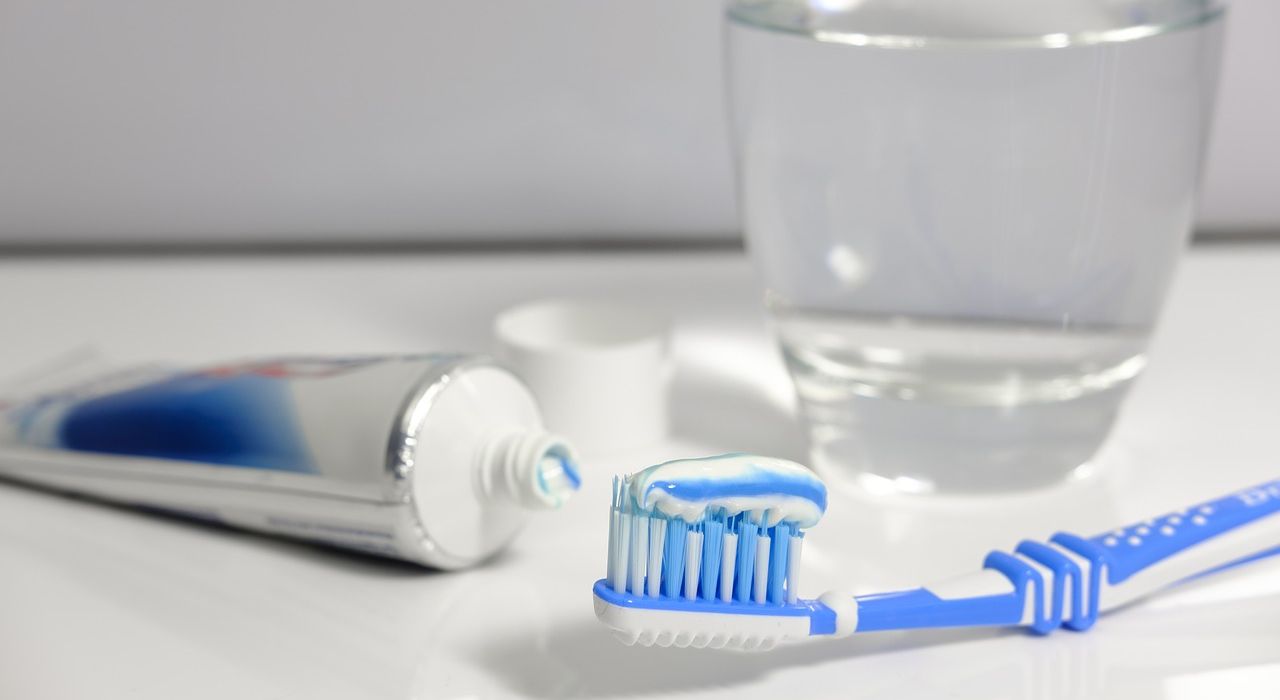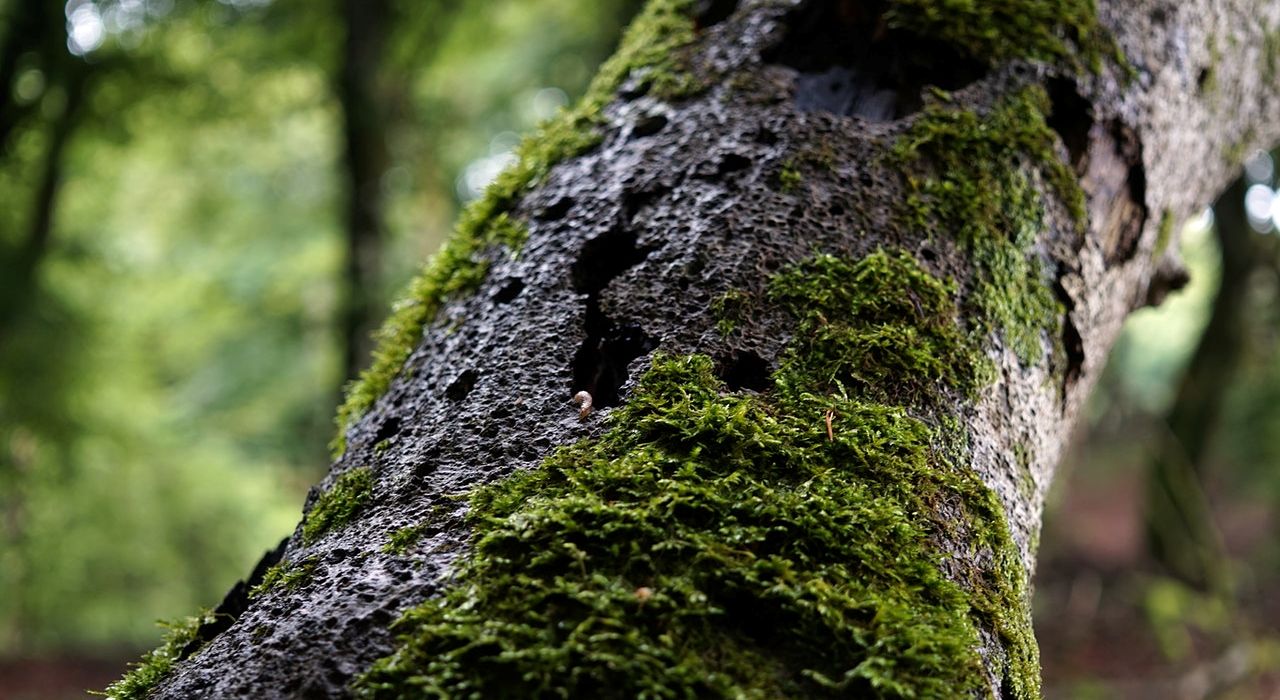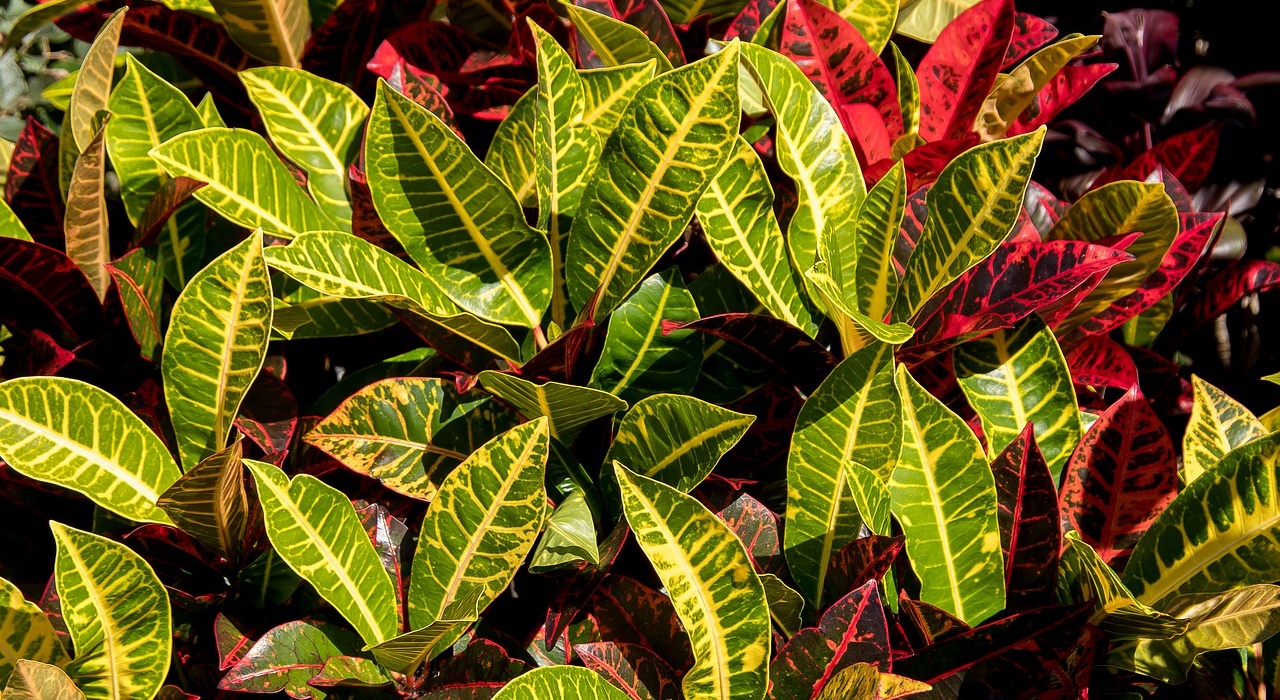Ex parte Bobrowski is a 2008 decision of the Board of Patent Appeals and Interferences (BPAI) that is listed among the Patent Trial and Appeal Board’s (PTAB) informative decisions. Ex parte Bobrowski is indicated by the PTAB to be informative as to “35 U.S.C. § 112 – indefiniteness – In re Steele.”
The BPAI considered whether claims reciting particular parameters were indefinite and, thus, unpatentable under pre-AIA 35 USC § 112, second paragraph (which, like AIA 35 USC § 112(b), requires one or more claims “particularly pointing out and distinctly claiming the subject matter [regarded as the] invention”).
While the decision focused entirely on indefiniteness, the appeal was, in fact, an appeal of prior art rejections. However, the BPAI found the claims to be insufficiently clear and definite – even after consulting the specification – to allow comparison with the prior art. In framing its analysis, the BPAI cited In re Steele, 305 F.2d 859 (CCPA 1962), for the proposition that it is erroneous to analyze claims based on “speculation as to the meaning of the terms employed and assumptions” as to their scope (In re Steele is also cited for this proposition in MPEP 2143.03 and 2173.06).
A representative claim, as separated into its constituent parts by the BPAI, recited:
An extract of plant material from family Euphorbaciae and species Croton
(1) that reduces at least one opioid-induced complication selected from the group consisting of[:] nausea, emesis, retching and itch,
(2) the extract at a concentration of 1mg/mL of 50% (v/v) ethanol/water having reduced UV absorbency of about at least 4.3 between the range of 390 nm and 430 nm relative to the absorbency within the same range for unextracted plant material.
The BPAI first construed the terms “extract” and “plant material” in the preamble of the claim. Consulting the specification, the BPAI found that it was clear that the application dealt with a solvent extraction process, so the term “extract” was construed to mean a solvent extracted portion of plant material from Croton. The BPAI construed “plant material” to mean any part of a plant. The BPAI then addressed “ambiguities” in feature (2).
During examination, the examiner found that feature (2) should be given no patentable weight, because it did not make clear the amount of Croton relative to the claimed composition. The BPAI disagreed, noting that feature (2) – though ambiguous – was intended to characterize UV absorbency (a parameter), which could properly define the recited extract.
The BPAI looked to the specification in its consideration of how a skilled artisan would interpret and apply feature (2). The specification described an extraction process in which latex or sap from Croton was mixed with an organic solvent in a 1:1 proportion and, separately, the specification described a relative absorbency of a “concentration of 1 mg of extracted latex to 1 mL of water.” The specification further described the comparative UV absorbency of proanthocyanidin between the “parent latex” and the extract, noting that “the reduced proanthocyanidin content is quantifiable spectrophotometrically.”
The BPAI noted that, even with the benefit of such description, the claim did not tell a skilled artisan what the baseline should be for comparison of the extract’s UV absorbency. While the specification discussed comparison with a “latex,” the claim referred without antecedent basis to “unextracted plant material,” which could be any plant material. The BPAI noted that applicant presumably intended something broader than “latex,” when it selected the term “unextracted plant material” for its claim and, thus, refused to import a limitation from the specification. In the absence of specificity as to the baseline for comparison, the BPAI concluded that it was not possible to compare the claimed invention with the prior art.
While the ambiguity as to baseline was fatal, the BPAI also noted that, even if the baseline was limited to a “latex,” neither the claim nor the specification described the amount, concentration, or method of preparation of the “unextracted plant material.”
Further, the BPAI stated that the “reduced UV absorbency of about at least 4.3… relative to the absorbency… for unextracted plant material,” was unclear because no units for “4.3” were provided. The BPAI noted that, while the specification described a 4.3 “fold” reduction in absorbance, absorbency was also described in in terms of “absorbance units” or “AU” in the art.
Thus, the BPAI concluded that the claim was so unclear that it could not be interpreted to resolve issues raised on appeal with respect to the examiner’s prior art rejections.
Takeaway: Claims reciting new or unconventional parameters can be useful tools for protecting new discoveries and improvements in existing technologies. Also, it can be difficult for competitors to quickly confirm freedom-to-operate/practice when confronted with claims reciting new or unconventional parameters. However, clarity in defining how new or unconventional parameters are measured is essential – both in the specification and the claims themselves. Extra, pre-filing review of parameter claim language is recommended, particularly when a US application is a translation of a prior application in a language other than English.
Judges: Torczon, Lane, Moore





